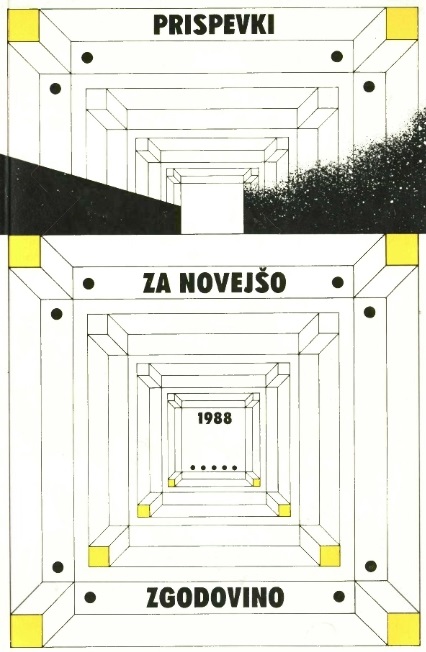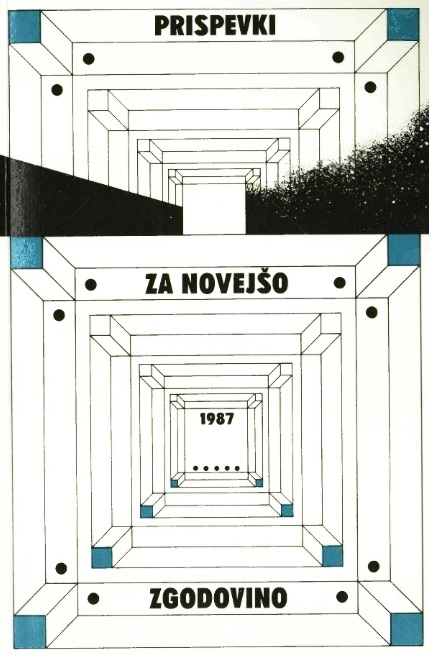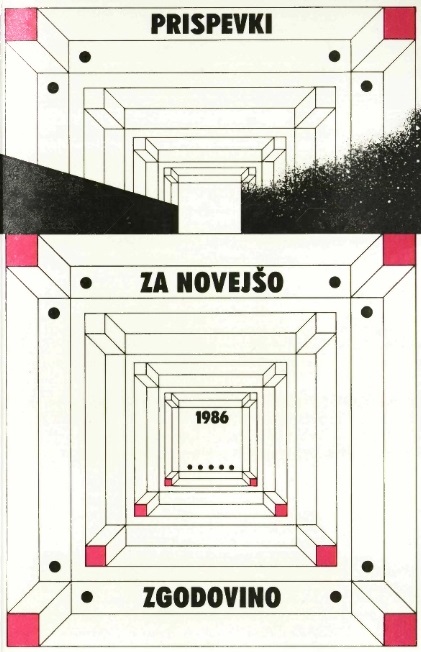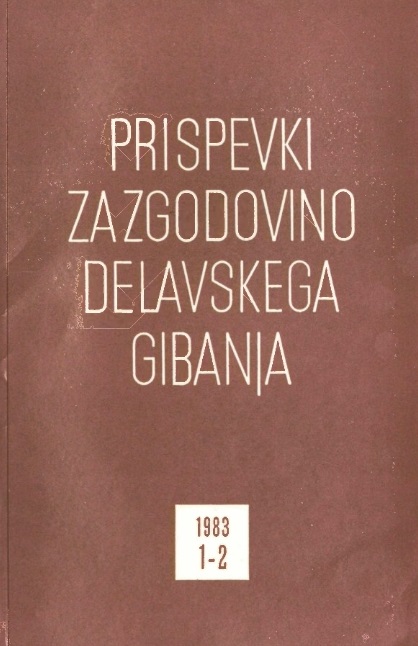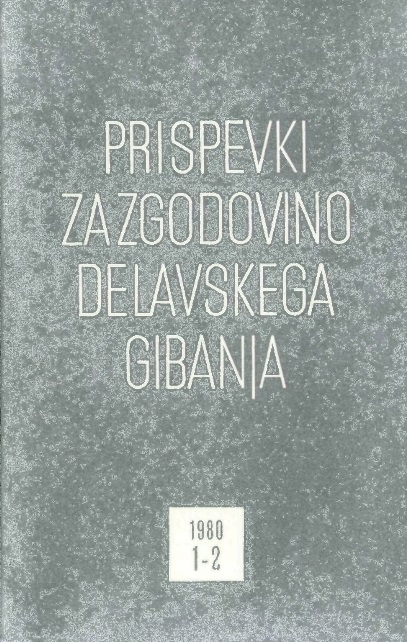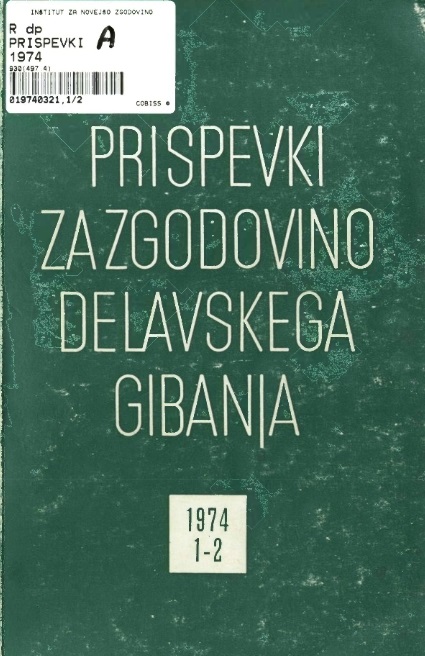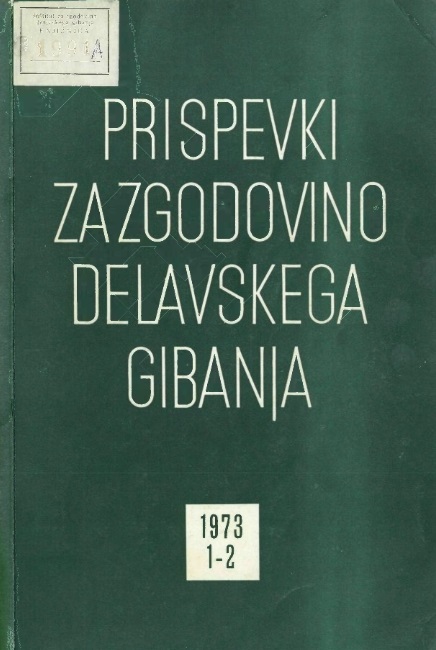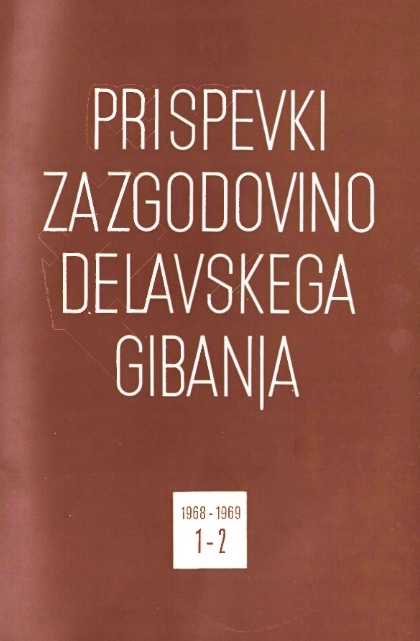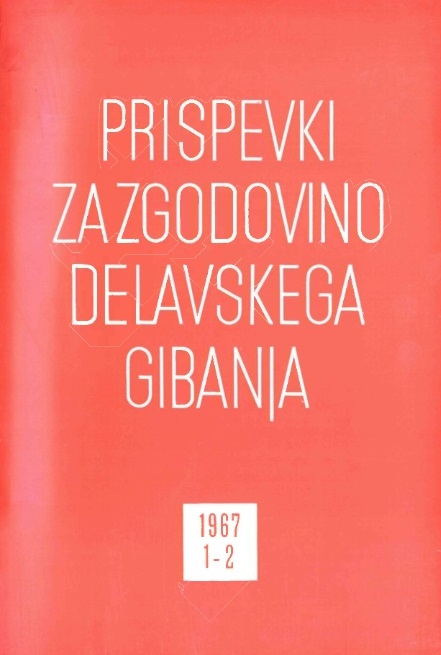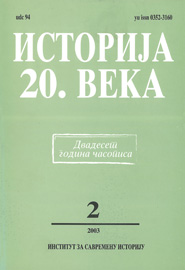Author(s): Ivana Dobrivojević Tomić,Nataša R. Milivojević,Bojan B. Dimitrijević,Dragomir Bondžić / Language(s): Serbian
Issue: 2/2003
Review of:
1. Бранислав Глигоријевић, КРАЉ АЛЕКСАНДАР КАРАЂОРЂЕВИЋ , I III, Завод за уџбенике и наставна средства, Београд 2002,437+360+343.
Review by: Ivana Dobrivojević
2. Коста Николић, СТРАХ И НАДА У СРБИЈИ 1941-1944. Свакодневни живот под окупацијом, Завод за уџбенике и наставна средстава, Београд 2002, стр. 305
Review by: Nataša Milivojević
3. Босиљка Јањатовић, ПОЛИТИЧКИ ТЕРОР У ХРВАТСКОЈ 1918-1935, Загреб 2002,358.
Review by: Ivana Dobrivojević
4. Горан Давидовић-Милош Тимотајевић, ЗАТАМЊЕНА ПРОШЛОСГ. ИСТОРИЈА РАВНОГОРАЦА ЧАЧАНСКОГ КРАЈА, 2, Издање локалних музеја Чачак-Краљево-Горњи Мшиновац 2003.
Review by: Bojan Dimitrijević
5. Небојш а А. Поповић, СЛОБОДАН ЈОВАНОВИЋ И ЈУГОСЛОВЕНСКА ДРЖАВА , Институт за савремену историју, Београд 2003, 404.
Review by: Dragomir Bondžić
More...
